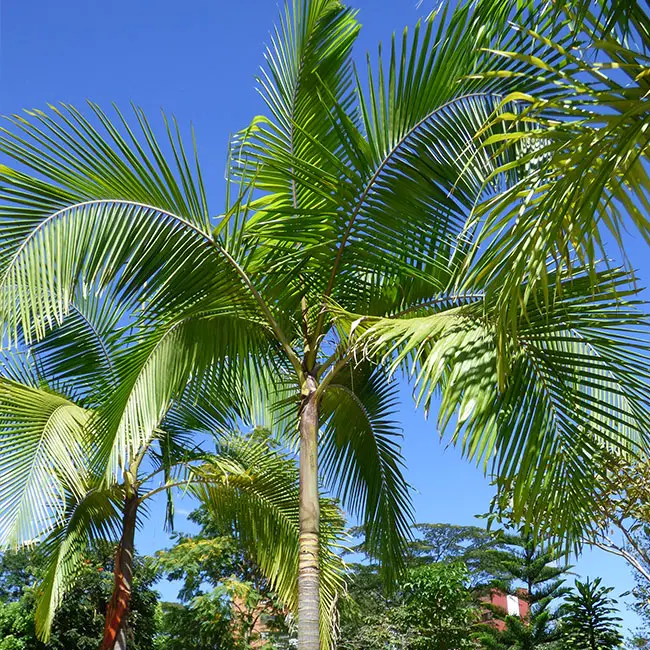
The King Palm Tree, scientifically known as Archontophoenix cunninghamiana, stands out as one of the most sought-after palm varieties in tropical and subtropical climates. This palm is native to the eastern coast of Australia, including regions in Queensland and New South Wales.
Its majestic appearance is further enhanced when planted in groups of two or three. This sun-loving palm is primarily used outdoors, but it can also thrive as an exceptional houseplant when provided with the right environment.
While the King Palm is in its early stages of growth, it can be kept indoors in a container to shield it from cold exposure.
Quick Facts:
| Scientific name: | Archontophoenix cunninghamiana |
| Common names: | King Palm, Alexandra Palm, Alexander Palm. |
| Origin: | Native to Australia. |
| Growth Rate: | Fast. Up to 40 ft tall and 10-15 ft wide. |
| Cold Tolerance: | USDA Zones 9b (25 – 30 F) to 11 (above 40 F) |
| Light Req: | Partial shade to Full sun. |
| Water Req: | Moderate. |
| Soil Req: | Widely adaptable. |
| Fruit: | Yes. Red. Not edible. |
| Propagation: | By seeds germinating in 2 – 3 months. |
King Palm Appearance
Archontophoenix cunninghamiana features a solitary, smooth gray-brown trunk adorned with scars from fallen fronds. The trunk is slightly wider at the base, measuring approximately 1 foot in diameter, and showcases a beautiful crownshaft at its apex.
This crownshaft is typically green, although variations in color, including brownish hues, can occasionally occur.
The King Palm boasts an impressive array of 15-20 arching evergreen fronds that emerge from the crownshaft, forming an elegant crown.
The leaves are bright green on both upper and lower surfaces, although brown scales may be present on the paler green undersides. These leaves consist of about 100 to 150 leaflets, each measuring 6-12 inches in length.
Flowers and Fruits of the King Palm
In midsummer, King Palm produces pink flowers that are supported by 2-3-foot-long branched inflorescences, extending from below the crownshaft. Remarkably, both male and female flowers are found on the same inflorescence.
Following the flowering stage, the palm yields attractive berry-like green fruits that ripen to a vibrant red. These fruits are roughly 1/2 inch in diameter and cluster together.
Caring for the King Palm
Archontophoenix cunninghamiana can achieve heights of up to 40 feet and widths ranging from 10-15 feet. However, young palms are vulnerable to cold temperatures below 25°F. This palm is ideally suited for USDA Zones 9b (with temperatures between 25 to 30°F) to 11 (above 40°F).
The King Palm thrives in partial shade or full sun and flourishes in moist, well-drained soil. To maintain its health and prevent nutritional deficiencies, it is advisable to apply a high-quality palm fertilizer featuring a continuous-release formula twice a year during the growing season.
The primary pest concern for King Palms is spider mites. Additionally, when young, these palms may be susceptible to leaf spot. Like many other popular palm varieties, King Palms can develop root rot if the soil lacks proper drainage.
Propagation of the King Palm is typically achieved through seeds, with germination being a relatively quick and straightforward process. Germination occurs within a span of 6 weeks to 3 months, making it advisable to sow fresh seeds during the spring for optimal results.
King Palm Tree Pictures
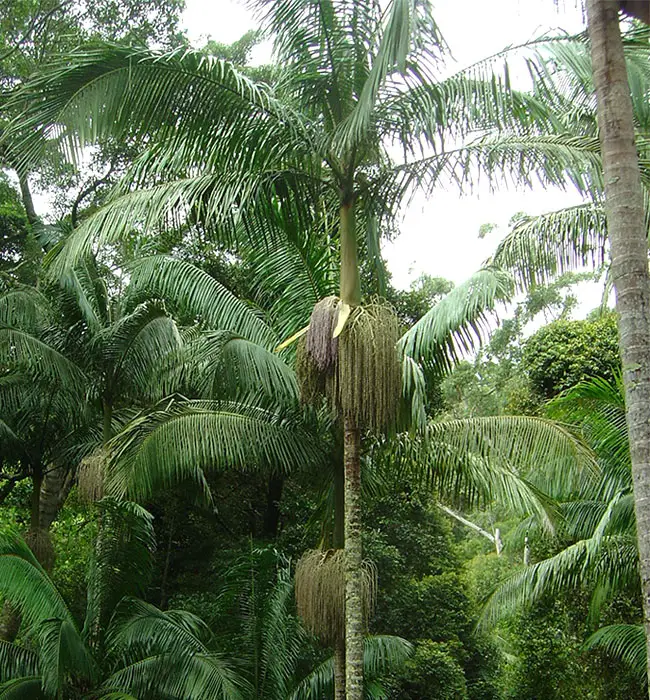
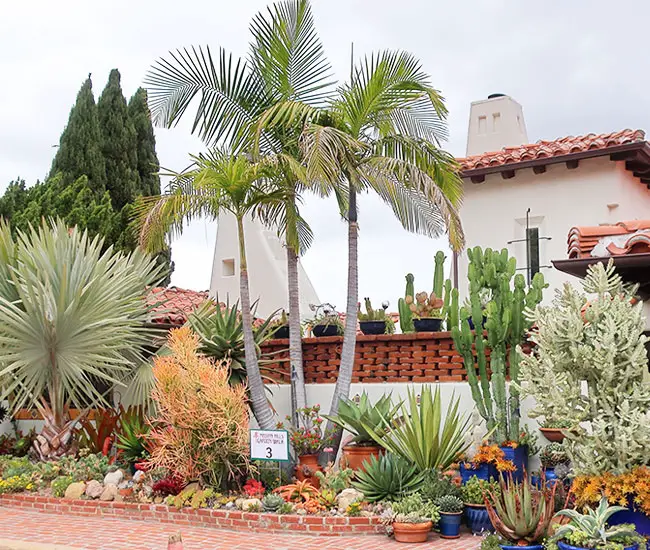
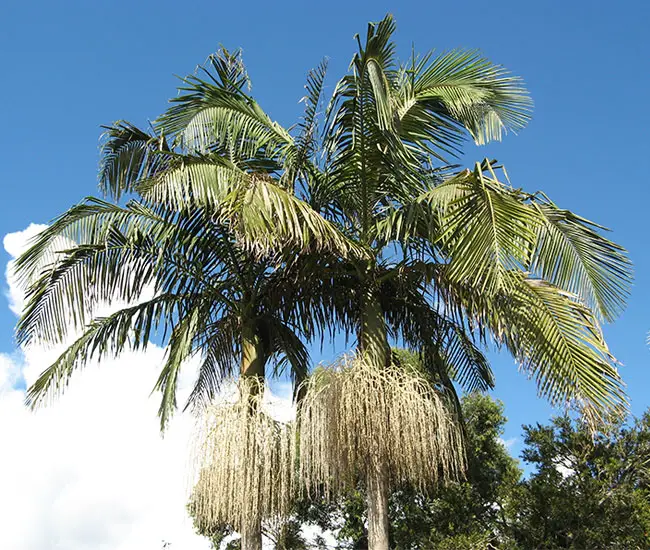
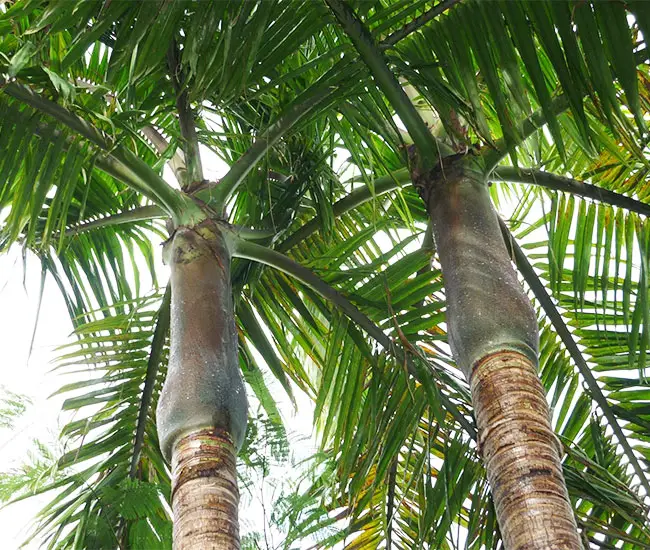
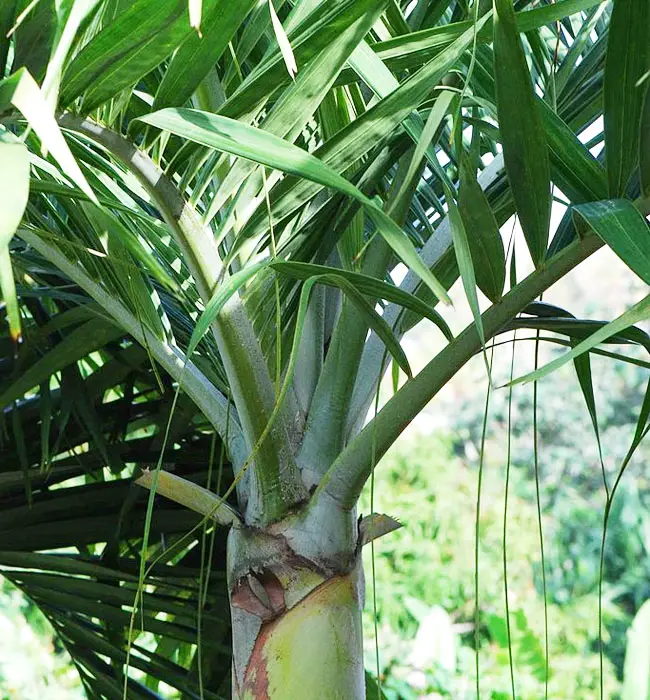
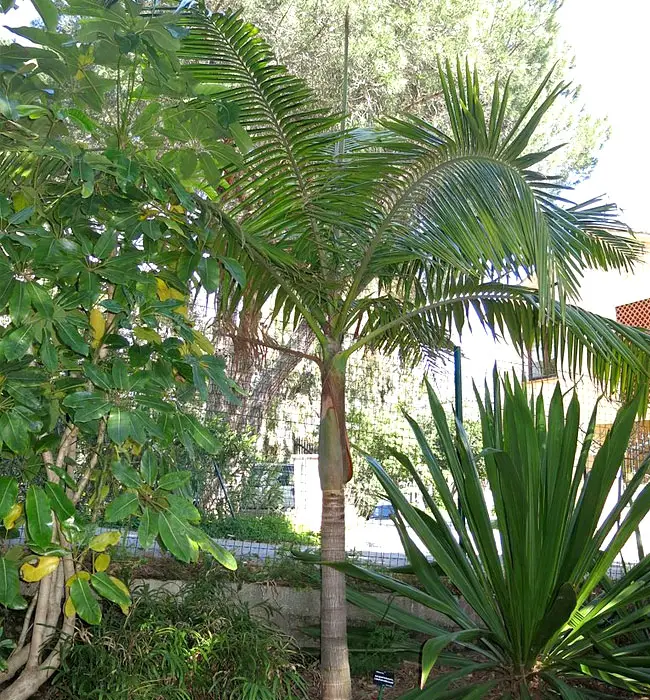
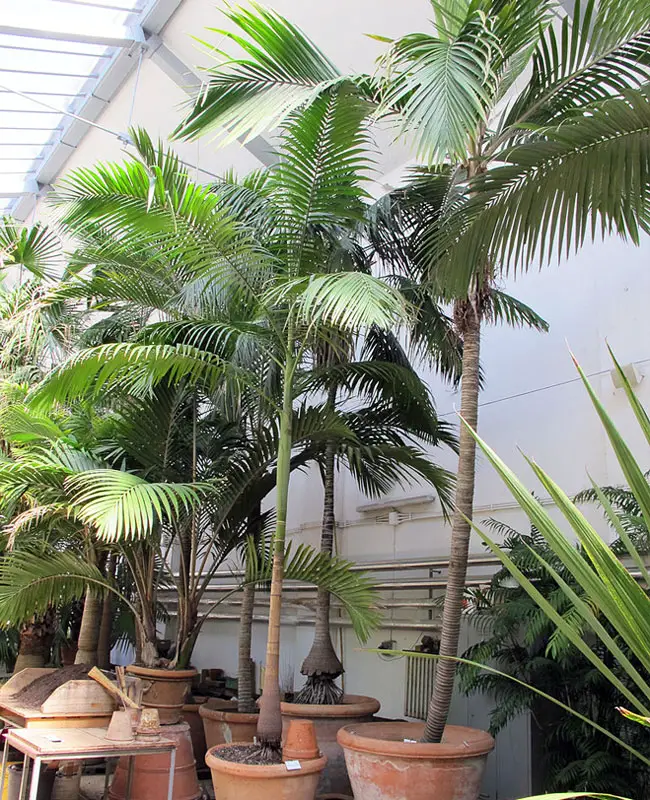
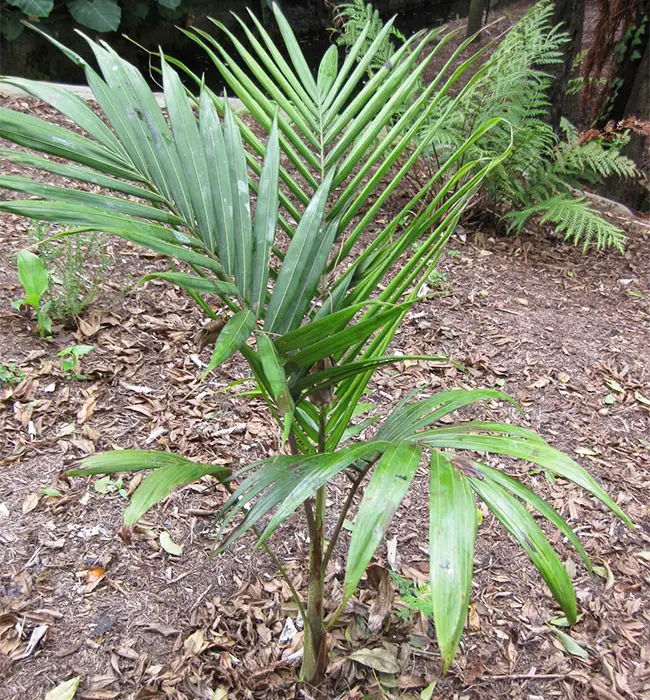
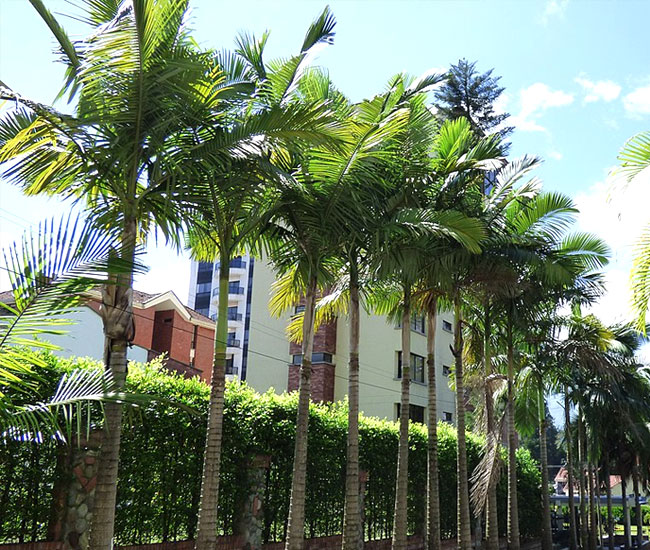
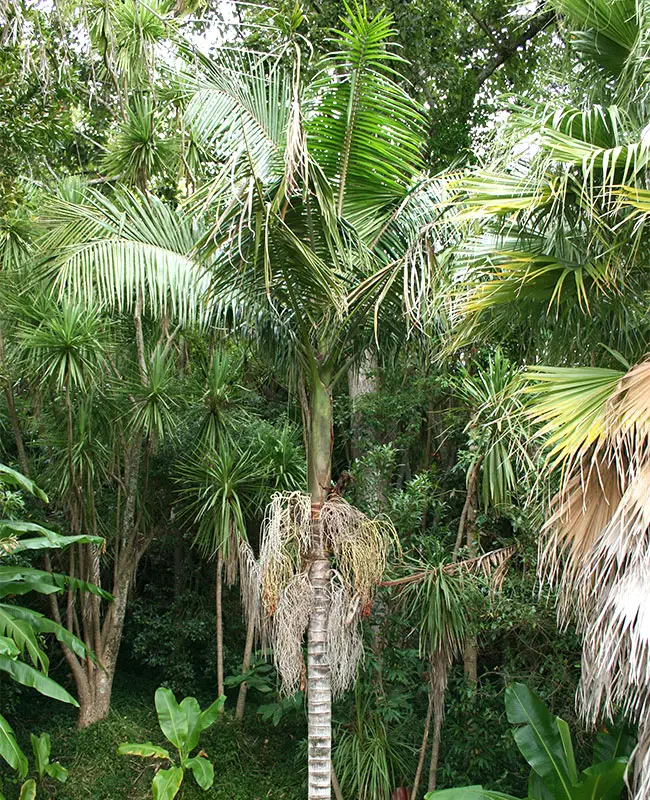
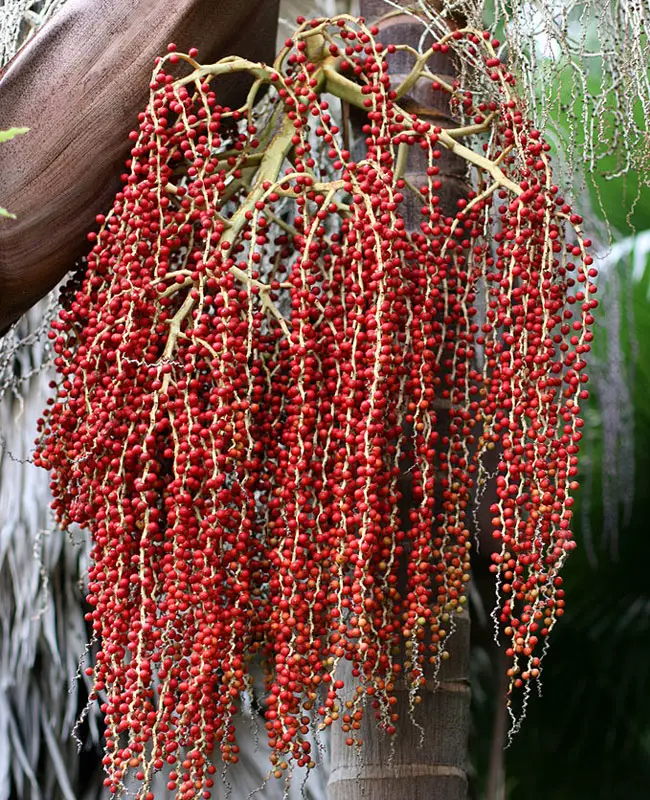
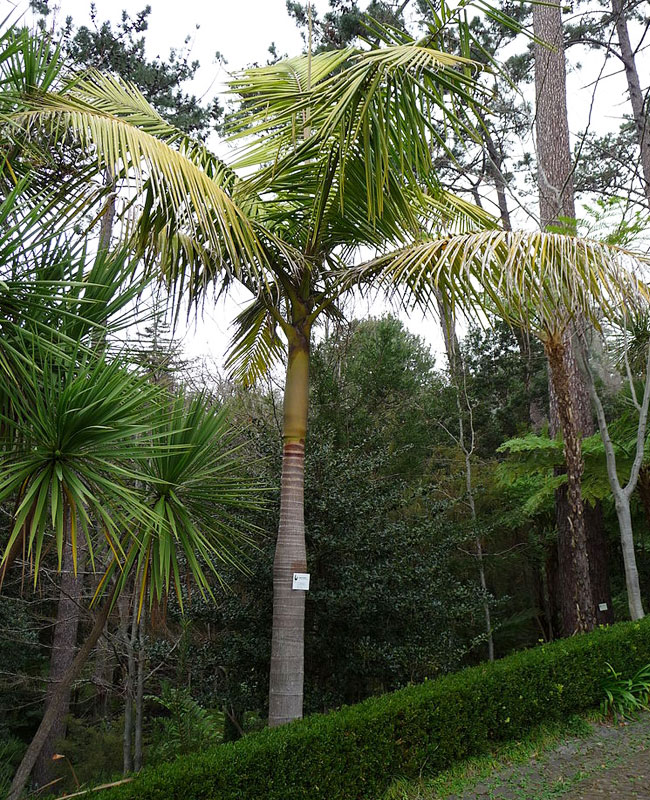
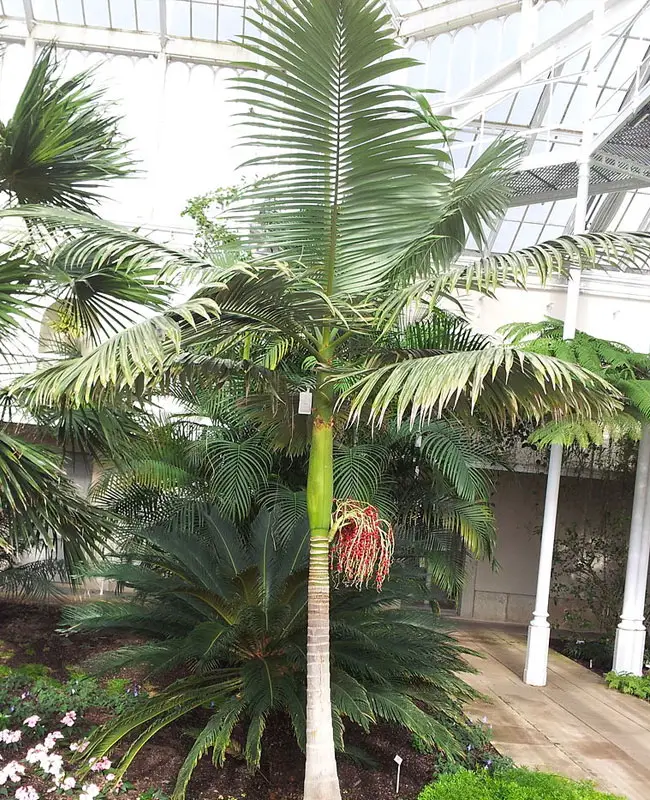
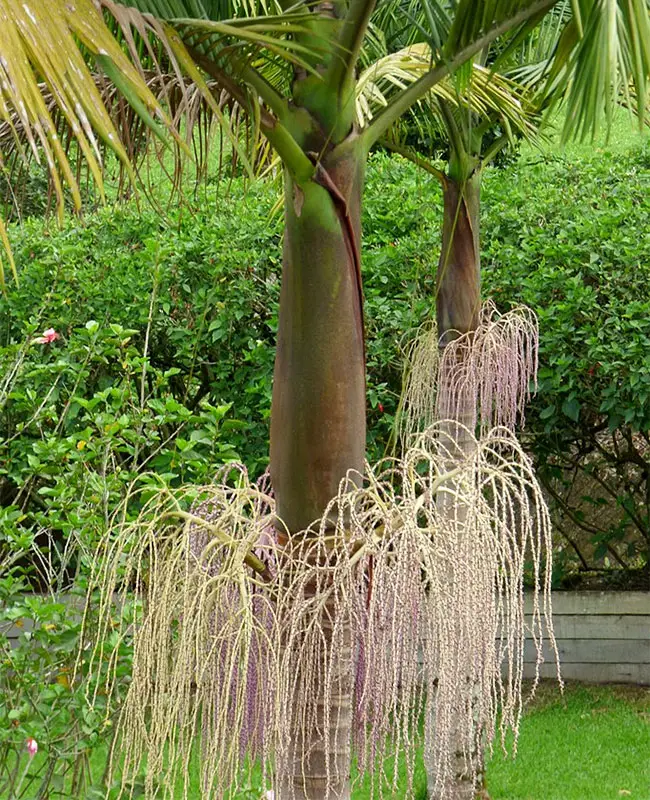

But the company I’m representing right now is Lani’s Hawaiian Shave Ice…who use palms to decorate around their “Shacks”.
I’ve been told they are queen palms, although they don’t produce the fruit that has been described in other websites.
I have a question. We (the “royal” we) store these palms in a warehouse over the winter. The temperature is keep at 65 degrees. But the lighting is where my question lies. We have tried: just leaving the sodium vapor lights on all the time. That didn’t seem good or bad. Last year, we used “grow” lights below and to the sides of the trees plus the sodium vapor. Still not so good. (we lost 4 of our 9 trees this past winter). Now we’ve installed “grow” lights above the trees—here’s the question: how many 4′ grow lights should be used per tree? These are now on a timer as well.
Water…fertiizer…talking to them… ????
These trees also traveled to Phoenix one year where they seemed to pick up “pink fungus”?? More problems than I can deal with and still work my other job.
One last thing — HELP!
Thanks
G.
Hi, i was wondering if the king palm is toxic to dogs?